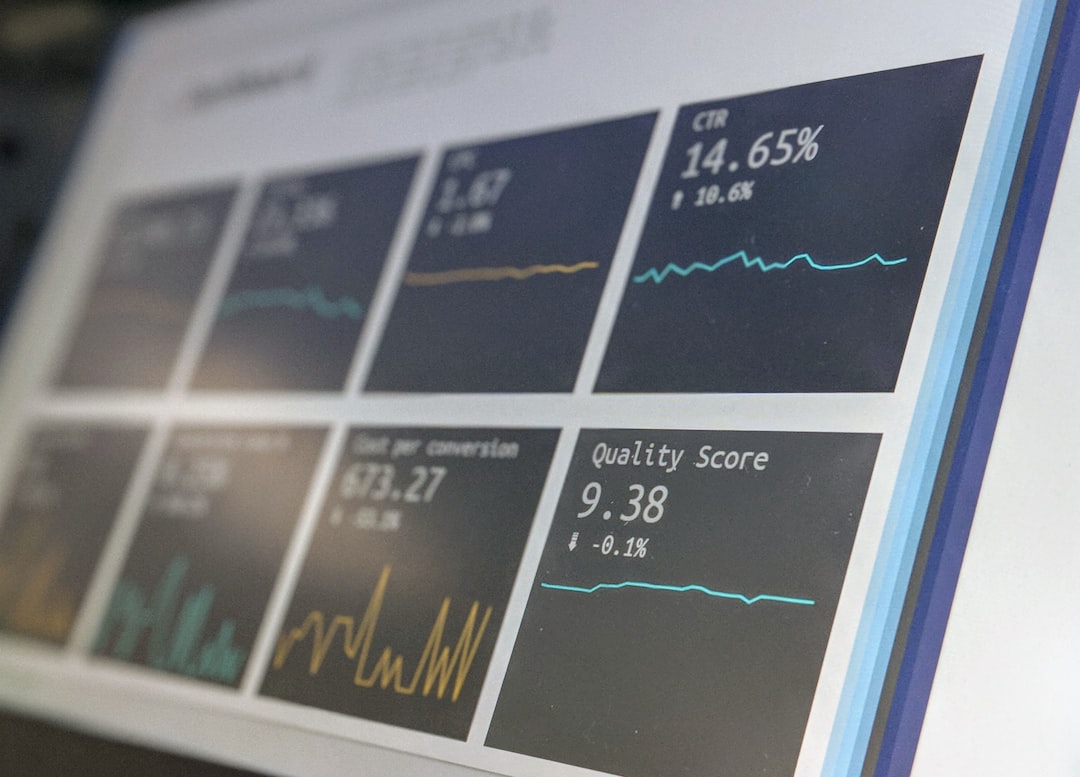
How to Analyze Time Series Data: A Comprehensive Guide
# Introduction. Time series data analysis has become increasingly crucial in today's data-driven world. This type of data, which is collected over intervals of time, is utilized in various sectors, including finance, economics, and meteorology. Understanding how to analyze time series data helps in forecasting trends and making informed decisions. # Understanding Time Series Data. A time series is a series of data points indexed in time order, showcasing the chronological sequence. It consists of three main components: trend, seasonality, and irregularity. The trend is the long-term direction the data follows, seasonality reflects periodic variations (such as monthly or yearly), and irregularity encompasses random noise or unexpected events. Becoming familiar with these components lays the foundation for effective analysis allowing analysts to understand the underlying factors that drive the dataset. # Data Collection and Preparation. The integrity of your analysis depends significantly on the quality of the data collected. Data should be gathered consistently, ensuring that time intervals remain uniform—be it daily, monthly, or yearly. Moreover, preprocessing is vital; techniques such as handling missing values, outlier detection, and normalization can enhance the dataset. Additionally, ensure that the data is stationary—meaning its statistical properties do not vary with time. Techniques to achieve stationarity include differencing the data or applying transformations such as logarithmic scaling. # Exploratory Data Analysis (EDA). Once collected, it’s essential to conduct exploratory data analysis. Visualization tools like line graphs can help identify trends and seasonal patterns visually. Tools such as autocorrelation and partial autocorrelation plots allow you to further investigate correlations between observations in the dataset. This step is crucial for understanding the behaviors embedded in the data and forming hypotheses, which will guide subsequent modeling decisions. # Choosing the Right Model. Selecting the appropriate model is key in time series analysis. Some popular models include: - **ARIMA (AutoRegressive Integrated Moving Average)**: This model combines autoregression and moving averages. The ARIMA model is particularly effective for non-stationary data. - **Exponential Smoothing State Space Model**: This method performs well with data that exhibit seasonality. It applies weights that decrease exponentially over time, ensuring that the most recent observations influence forecasts heavily. - **Seasonal Decomposition of Time Series (STL)**: This technique dissects the series into its seasonal, trend, and irregular components, making it easier to analyze attributes independently. Picking the right model often involves testing multiple methods to find which best fits your data. # Model Evaluation and Refinement. Evaluating the effectiveness of your model is vital to ensure it generates accurate predictions. Common evaluation metrics include Mean Absolute Error (MAE), Mean Squared Error (MSE), and Root Mean Squared Error (RMSE). These metrics gauge how closely your model's forecasts align with actual values. If accuracy is lacking, refining the model by adjusting parameters or employing more sophisticated techniques is an important step. # Forecasting and Interpretation. Once a robust model has been identified, forecasting future values becomes the next step. The forecasts generated should be interpreted in the context of the domain—insight into what those predictions mean in practical scenarios will yield valuable implications. Communicate the results clearly to stakeholders with visualizations that illustrate the forecast alongside confidence intervals, aiding in better decision-making. # Conclusion. Analyzing time series data is an essential skill in various fields, enabling organizations and individuals to make data-driven decisions. With a structured approach—ranging from understanding the data and preprocessing to choosing robust models and evaluating them—analysts can shed light on complex data sets and forecast future trends with confidence. Empowered with these skills, the exploration of time-related phenomena can lead to exciting discoveries and informed strategies for progress. .







